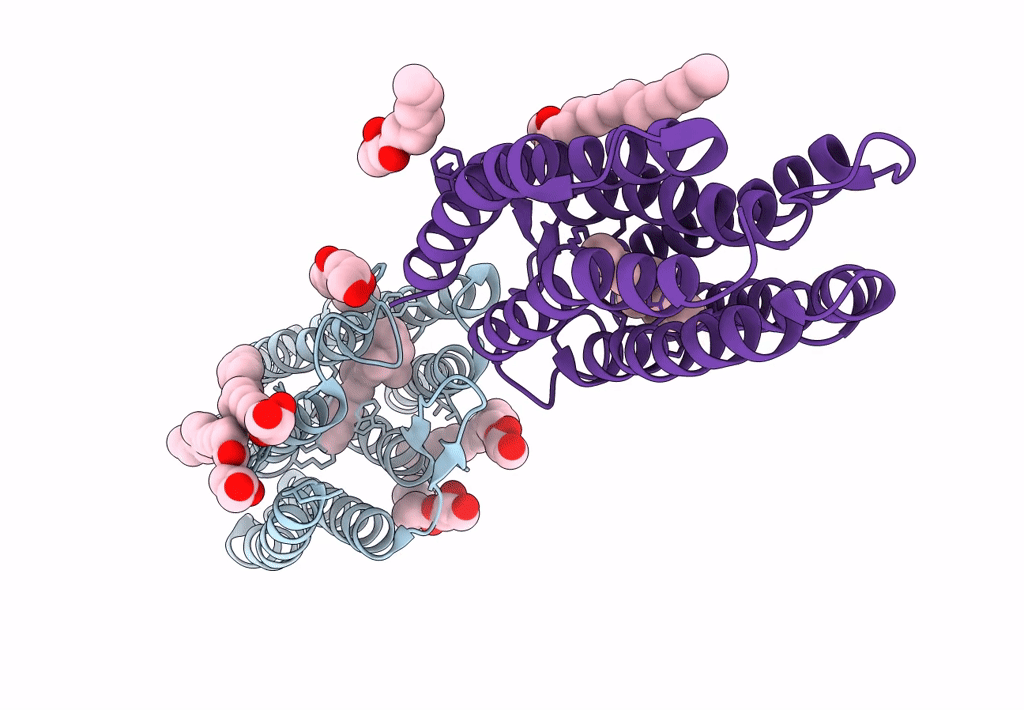
Deposition Date
2021-12-03
Release Date
2022-02-23
Last Version Date
2024-11-20
Entry Detail
PDB ID:
7W74
Keywords:
Title:
Crystal structure of DTG rhodopsin from Pseudomonas putida
Biological Source:
Source Organism:
Pseudomonas putida (Taxon ID: 303)
Host Organism:
Method Details:
Experimental Method:
Resolution:
2.84 Å
R-Value Free:
0.25
R-Value Work:
0.22
R-Value Observed:
0.23
Space Group:
P 63


